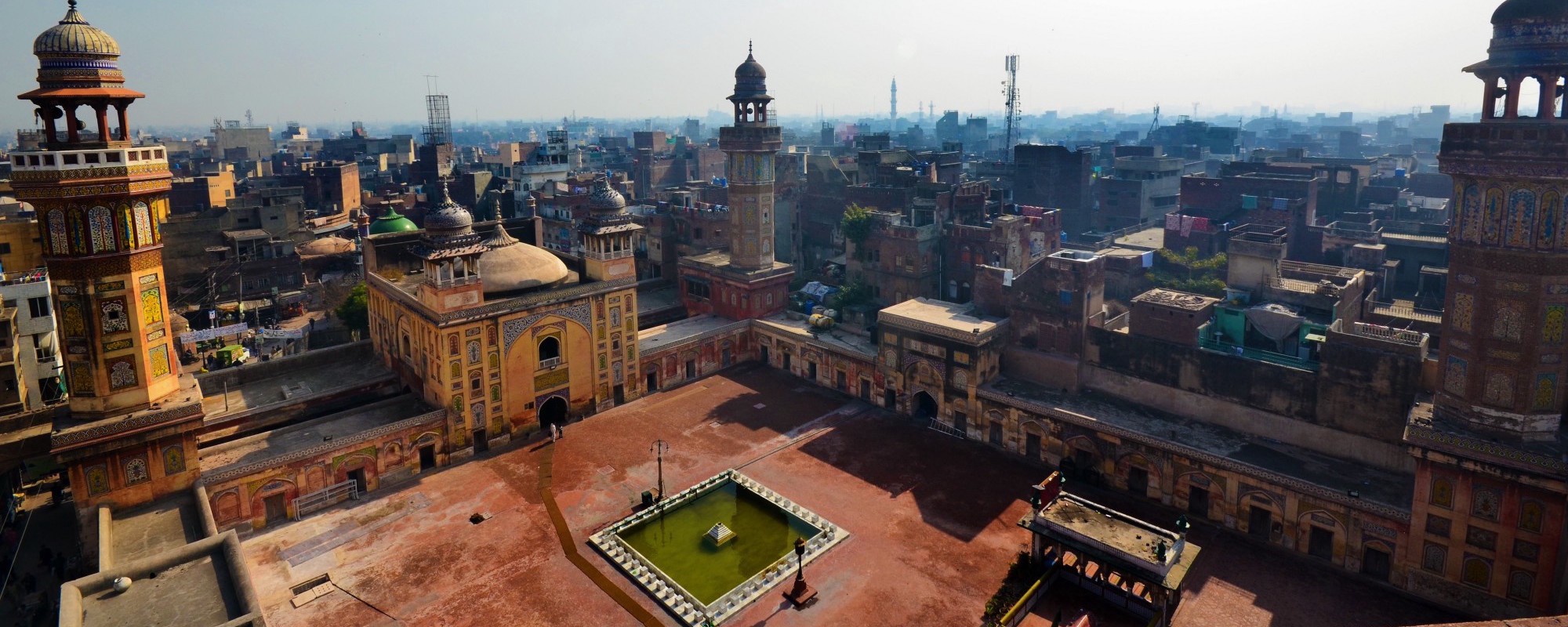
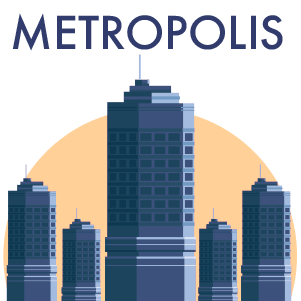
“We’re the last generation that’s seen a Lahore that was not paranoid,” said artist Naira Mushtaq, sitting in a restaurant in Pakistan’s second-largest city. Known as “the city of gardens,” Lahore’s lush greenery and Mughal-era gardens have lent it a vibrant, placid character over the centuries, as the cultural capital of Pakistan has long managed to avoid the violence so pervasive in other cities.
However, in March 2016, a Pakistani Taliban faction targeted crowds at the city’s Gulshan-e-Iqbal Park, killing at least 78 people and injuring more than 300 on Easter Sunday. Jamaat-ul-Ahrar took responsibility for the attack, citing Christians as the primary target. The incident spurred a government crackdown on militants in the Punjab province, the country’s most populous state, as well as an aggressive securitization of its parks–some of the most open and vulnerable areas of the city.
With more than 800 parks to protect in Lahore, the city’s Parks and Horticulture Authority (PHA) stepped into overdrive to enforce a 10 p.m. curfew, temporarily shut down the largest parks, and install barbed wire, high walls, and CCTV cameras in the city’s most public areas. “We are trying to bring the security arrangements up to the mark as early as possible,” said PHA Deputy Director Shahzad Tariq in the immediate aftermath of the attack.
The security quagmire also prompted the government to dispatch elite-cadre security officers, called the Dolphin Force, across the metropolis to ensure swift mobilization of an emergency task force. Wearing dark uniforms atop motorcycles, the team is expected to ensure that law and order is maintained in a rapidly growing city.
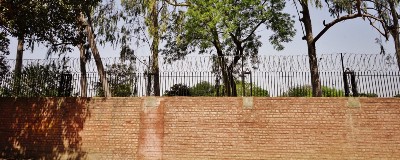

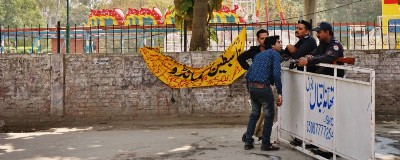
For longtime residents, nonetheless, the balance between public security and public space in the metropolis hangs in the balance. According to Lahore’s Capital City Police Officer Amin Wains, there were boundary walls of fewer than six feet [1.8 meters] in place at Gulshan-e-Iqbal, the site of the terror incident, and the local parks authority had only dispatched approximately 40 guards to protect the park. For working-class Lahoris, parks have long been the venue of leisure, where day laborers and low-income minorities such as Christians congregate at nighttime to escape the oppressive heat of homes running without electricity. Mushtaq, who grew up in Lahore, has early memories of going to parks like Lawrence Gardens and finding groups of “all walks and classes” there. “Parks are where the poorest people turn to,” Mushtaq said.
Particularly for parks open to the masses, however, the question prevails: How can you ensure public safety while juggling public access? As the terror at Gulshan-e-Iqbal demonstrates, many of Lahore’s affordable or unticketed parks have foregone security-related expenses and consequently suffered. Residents lament the erosion of a Lahore they saw as distant from terror, while concurrently asking how the city can do more to protect itself.
Collectively, some critics insist an “architecture of security” has reconfigured the city’s visual face, which was already undergoing massive transformation, both in terms of rapid urban development policies enacted by the Punjab government and the erosion of public safety from years of generalized insecurity.
Mushtaq echoed the sentiment, saying the architecture of security newly en vogue in Lahore challenges a dominant mode of moving in the metropolis. “I’m not used to being on my guard. I’m not used to being checked for every single item that I’m carrying,” she said, “even to go to the places I’m familiar with, I’m not used to being asked to prove my identity again and again.”
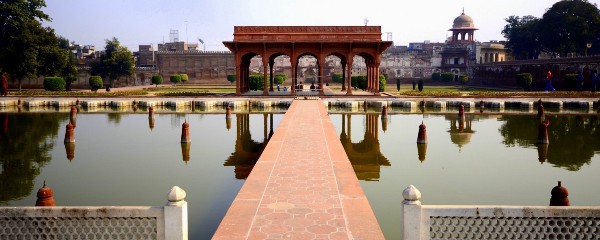

Even entering Lahore’s Food Street, a pedestrianized walkway in the Old City, requires sidestepping a cadre of armed police personnel, who shoo in roving tourists and locals through flimsy metal detectors. Bags are examined, the machines inevitably beep, and pedestrians walk on.
The security breakdown is not a new phenomenon–it’s the natural progression of the state’s policies toward militant groups, said Raheem ul Haque, a research fellow at the Centre for Public Policy and Governance at Lahore’s Forman Christian College.
Historically, “violence in Pakistan has been very targeted. It only became indiscriminate in 2010 and 2011,” he said. After the 2014 Peshawar school attack, in which the Tehrik-i-Taliban Pakistan killed more than 140 people, public opinion in Pakistan shifted against this new kind of violence, as militant groups began targeting the public.
Moreover, Raheem ul Haque says that Lahore neighborhoods only recently started beefing up security in response to an increase in indiscriminate attacks. Originally, some neighborhood households might collectively pitch in money to hire a guard for the area, largely to contend with economic insecurity from crime. Today, physical insecurity after an uptick in terror incidents has prompted some Lahoris to retreat into fortress-like homes, barbed wire hanging over high walls to deter would-be thieves as well as give the veneer of protection amid the generalized mood of insecurity pervading large Pakistani cities in 2016.
Lahore’s “gates used to be open,” said 45-year-old artist Farida Batool, who thinks the metropolis itself has retreated into creating a closed-off urban design. The once-walkable city of Lahore has ceded to the reality of flyovers, underpasses, and development projects constructed at breakneck speed.
The overall shift is part and parcel of changes that have been accelerating over the past decade–changes that have not always been greeted with enthusiasm. New housing developments and gated communities, part of a more securitized urban infrastructure, “lack character [and don’t] reflect who we were,” said Zoreen Murtaza, a 35-year-old art history teacher at the city’s National College of Arts. “In the Lahore I grew up in, you’re familiar with a certain kind of ambience or style, with red brick and a central courtyard,” she said. “You’ve basically gone where America was in the 60s and 70s, where you have this vast land and everyone is living in the same houses, and you don’t know who they are. And the houses themselves reflect conformity rather than individuality.”
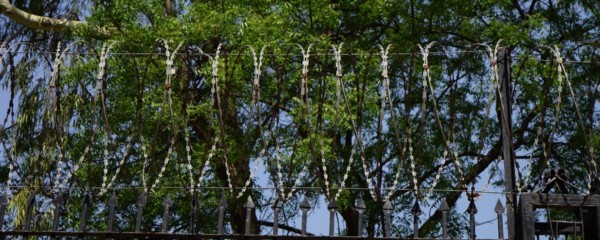
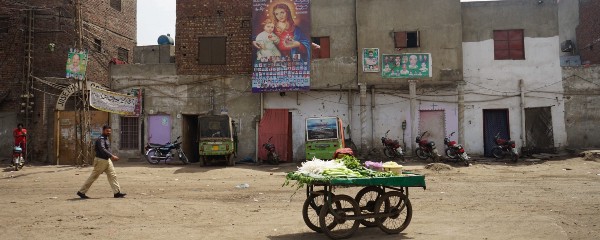
Some activists also deride the city’s new security measures as “safety in appearance only.” They offer only a cosmetic change, artists like Mushtaq said.
“It’s all superficial; they’re not focusing on the problem. So what do we do? Do we stay in our houses? Where does one go? Where is the security?” she asked, pointing out that the Gulshan-e-Iqbal Park had security personnel before the attack, including routine police checks, that failed to stop the violence. These measured offered only an illusory promise of safety as the state tried to demonstrate its role in improving law and order and reigning in indiscriminate violence in public spaces. As a counterargument, the government hails the success of its Zarb-e-Azb military operations in Pakistan’s restive tribal belt. Last year, militant attacks decreased by more than half from the previous year, according to a study by the Pakistan-based Center for Research and Security Studies. Moreover, the South Asia Terrorism Portal has singled out 2015 as the least violent year of terrorist incidents for Pakistan in almost a decade.
Still, with the government now asking for barbed wire over boundary walls across parks, residents report feeling they are losing the city’s identity, unable to compromise between safety and enjoyment: “All of a sudden, a city that has been hailed for hundreds of years is in an identity crisis,” Mushtaq said. “The landscape is changing so rapidly that it’s difficult to come to terms with it.”
She continued: “We’re the last generation that was not living in fear. Now the recent generations are aware of the threats around the city and are always on their guard. Every single school has a drill in case something happens.”
Barbed wire has “changed the way we think,” said Murtaza. “Initially it was shock, and now it’s mostly an inconvenience.” The normalization of checkpoints, security guards, barbed wire, CCTV cameras, and more have made it so Lahoris now encounter the police when entering a classroom, a hospital, and even a park. “Now you’re not in that zone of comfort with your environment. There’s a sense of paranoia. This city doesn’t feel like your city anymore,” Murtaza said.
“The spirit of the city is waning every single day,” Mushtaq added, calling Lahore “gray.” “You can’t associate the things you associate with Lahore with Lahore.”
There is a famous quote, “Jine Lahore nai dekhya, o jamya hi nai,” or, in English, “if you haven’t seen Lahore, you haven’t been born,” says Mushtaq. “People don’t know this Lahore. This isn’t the Lahore we were born in.”


How We Get To Next was a magazine that explored the future of science, technology, and culture from 2014 to 2019. This article is part of our Metropolis section, on the way cities influence new ideas–and how new ideas change city life. Click the logo to read more.
